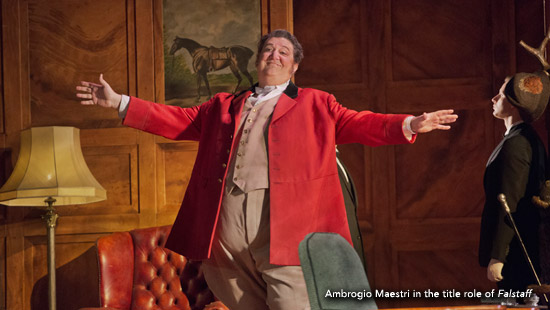 Stephen King’s “The Shining” is the scariest novel I’ve read to date. I can remember enjoying it one bright Saturday afternoon, feet up on the coffee table—that is, until young Danny Torrence disobeyed Dick Hallorann’s instructions to avoid Room 217 in the Overlook Hotel. After I put my eyeballs back in their sockets, I slowly put the book down, shakily got to my feet, put on my coat and left my apartment for the rest of the day. I needed a brain-wipe, pronto.
Stephen King’s “The Shining” is the scariest novel I’ve read to date. I can remember enjoying it one bright Saturday afternoon, feet up on the coffee table—that is, until young Danny Torrence disobeyed Dick Hallorann’s instructions to avoid Room 217 in the Overlook Hotel. After I put my eyeballs back in their sockets, I slowly put the book down, shakily got to my feet, put on my coat and left my apartment for the rest of the day. I needed a brain-wipe, pronto.
After fielding so many reader inquiries over the years as to young Danny’s fate (a question which also popped into his own head periodically), King has responded with “Doctor Sleep.” But if you’ve picked up a copy with the thought that it’s going to be “The Shining, Part Two,” you’ll be incredibly disappointed. It’s not really of that genre, nor I suspect did the author intend it to be. What we have here is a continuation, not a sequel, that spans about 20 years in the life of Danny (now Dan) Torrence, post-Overlook Hotel.
In “Doctor Sleep” the real horror is not supernatural but earthbound. The adult Dan is an alcoholic, and I’m sure King drew on his own experiences as a former substance abuser to produce the kind of hell he depicts for his hero. Nevertheless Dan still shines—his ability to read thoughts near and far has if anything increased over the years. He becomes a health care worker with the welcome talent of mentally soothing terminal hospice patients into eternal sleep. But he still drinks and because of it leads a somewhat rootless existence. After finally hitting rock bottom, he lands in a small New Hampshire town where some very astute individuals steer him to AA. When another person who shines—the infant girl Abra Stone—reaches out for him telepathically, the focus of his life changes drastically.
There’s a sense of other-worldliness in “Doctor Sleep” which makes it quite different from the white-knuckled ride of “The Shining.” Yes, there are some very bad creatures here—a clan called the True Knot, the members of which live on “steam,” the tortured breaths of children with a talent to shine whom they torment and kill (King displays his characteristic sneaky wit by disguising the Knot as redneck retirees who travel the country in an armada of RVs). However, the grue is kept to a minimum—we only see one such crime, most of which takes place off-stage, so to speak (and believe me, the little King tells us is quite enough). Abra, with her extraordinary abilities, is the object of their desire since her steam could provide them with eternal energy. When she and Dan join forces to combat Rose, leader of the True Knot, the tension becomes unbearable.
But what makes “Doctor Sleep” so memorable is Abra’s awe-inspiring power which she begins to display as a toddler. As Dan says at one point, she’s a veritable light-house—he’s only a flashlight by comparison. King’s gift for characterization makes her incredibly winning; she fairly leaps off the page. Her relationship with Dan is the engine that drives the novel, and their unorthodox method of communication evokes a sense of wonderment.
In its depiction of the eternal battle between the forces of good and evil, “Doctor Sleep” is ultimately a fairy tale of the Brothers Grimm and Hans Christian Andersen variety. And it’s definitely worth the read to see Stephen King flex this type of muscle.




